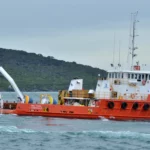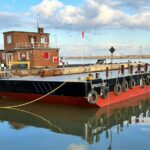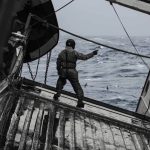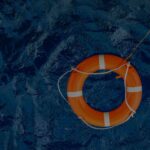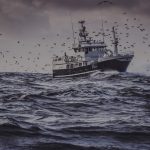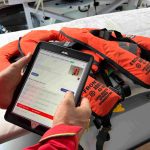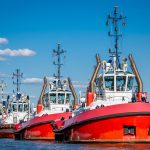Marine Order 503 is a set of regulations that governs the safety and compliance of vessels operating in Australian waters. It can be a complex and confusing regulation to navigate, but it’s essential for ensuring the safety of crew members and passengers. This guide provides a clear overview of compliance and safety measures to help you stay on top of your obligations
Understanding the Purpose of Marine Order 503.
The purpose of Marine Order 503 is to ensure the safety of vessels operating in Australian waters and to minimise the risk of accidents or incidents. It sets out the minimum safety requirements for vessels, including equipment, crew training, and emergency procedures. Compliance with Marine Order 503 is essential for all vessel operators to ensure the safety of their crew and passengers, as well as to avoid penalties and legal consequences.
Compliance Requirements for Vessels.
Vessels operating in Australian waters must comply with a range of requirements under Marine Order 503. These include having appropriate safety equipment on board, ensuring crew members have the necessary training and qualifications, and maintaining accurate records of safety inspections and maintenance. Failure to comply with these requirements can result in penalties and legal consequences, as well as putting the safety of crew and passengers at risk. It is important for vessel operators to stay up-to-date with the latest compliance requirements and ensure they are meeting their obligations under Marine Order 503.
Safety Measures for Crew and Passengers.
Ensuring the safety of crew and passengers is a top priority for vessel operators. Under Marine Order 503, vessels must have appropriate safety equipment on board, including life jackets, fire extinguishers, and distress signals. Crew members must also have the necessary training and qualifications to operate the vessel safely and respond to emergencies. Regular safety inspections and maintenance are also required to ensure that equipment is in good working order and any issues are addressed promptly. By following these safety measures, vessel operators can help prevent accidents and protect the lives of those on board.
Maintenance and Inspection Requirements.
Regular maintenance and inspections are crucial to ensuring that safety equipment is in good working order and any issues are addressed promptly. Vessel operators must conduct regular inspections of safety equipment, including life jackets, fire extinguishers, and distress signals, to ensure that they are in good condition and functioning properly. Any issues must be addressed promptly, and equipment must be repaired or replaced as necessary. In addition, vessel operators must keep detailed records of all maintenance and inspections to demonstrate compliance with Marine Order 503.
Staying Up-to-Date with Changes to the Regulation.
It’s important to stay up-to-date with any changes to Marine Order 503 to ensure that you remain compliant with the latest requirements. The Australian Maritime Safety Authority (AMSA) regularly updates the regulation, so it’s important to check their website for any updates or changes. You can also sign up for email alerts to receive notifications of any changes to the regulation. Additionally, attending industry events and training sessions can help you stay informed about the latest compliance and safety measures.

